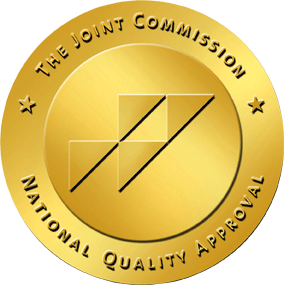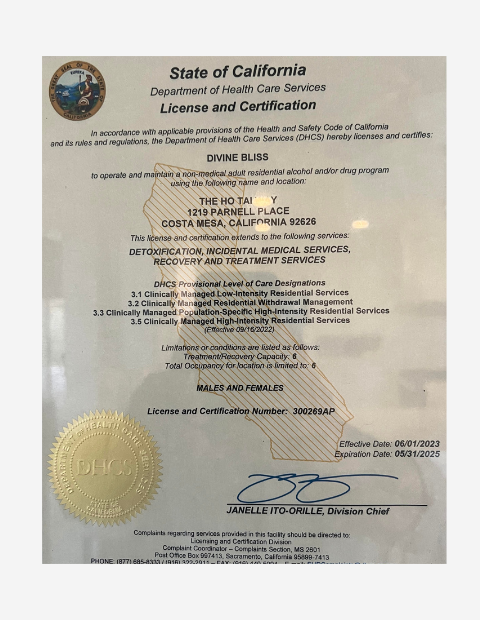When a person experiences trauma, it often changes their life forever. Trauma can come in many forms, such as losing a loved one unexpectedly; witnessing an act of violence; being verbally, sexually, or physically abused; going through a serious illness; surviving a bad car crash; or living through a natural disaster.
Many people choose to try to bury their trauma and avoid addressing it. This can go on for many years and take a major toll on one’s mental health. It can also lead to problems like post-traumatic stress disorder (PTSD), anxiety, and depression. Some people may even turn to substance use to cope. There are treatments for trauma, such as therapy and medication, but that doesn’t mean an individual might still have episodes from time to time when their stress levels are very high.
This is why a relatively new type of therapy called trauma-informed yoga can bring great relief.
Understanding What Trauma-Informed Yoga Is
If you’ve never tried yoga before, you may be a little hesitant or even skeptical that it can really help you. But when you look into the science behind it all, you can begin to understand how this can be a useful tool for you.
We know that trauma has an effect on the nervous system. When someone has a healthy nervous system, they are going to experience appropriate reactions to fear or stress. For example, if an individual is being pursued by an attacker, they are going to go into fight-or-flight mode. This means that they’re either going to try to escape their attacker by running away, or they are going to try to confront them head-on. During this time, their nervous system is going to be activated. Their heart will be pumping hard, they might have racing thoughts, and they could be sweating. Eventually, when the threat is removed and they are safe, their nervous system will return to normal, and they will calm down.
However, when someone experiences trauma, their nervous system becomes out of whack. They can experience fight-or-flight mode when there is no threat present. Instead of their nervous system becoming activated in the case of a threat and then returning to normal, they simply don’t calm back down. It can also have the opposite effect in which they are always in a depressed state. They may feel disassociated with others and the world around them. They may struggle with fatigue, lack of interest, disorientation, low blood pressure, and poor digestion.
Trauma-informed yoga can help with this problem because it helps the individual become more aware of what is happening inside their body and mind and promote a better balance between the two. Once an individual is more in-tune with themselves, they can then start to release negative emotions, stress, and tension that has built up inside their body.
Understanding How Trauma-Informed Yoga Is Carried Out
Trauma-informed yoga can take place as a one-on-one session or in a group with other trauma survivors. A teacher typically guides the session. Those gathered will be instructed to focus on their breathing while assuming different poses. Because certain positions can be triggering for some people, the instructor will make it clear that these positions are just a suggestion, and they can adapt their moves in any way that is comfortable for them. This is a slow and steady process that is intended to help reduce the fight-or-flight response and regulate the nervous system. As an individual becomes more comfortable and confident in their abilities, they can eventually practice while in the comfort of their own home.
Understanding How Trauma-Informed Yoga Can Help You
In addition to working to help regulate the nervous system, trauma-informed yoga can help in other ways as well. Some examples include:
- Helping you to become truly present in the moment
- Reducing symptoms of PTSD
- Allowing you to feel more balanced
- Creating a better connection between your mind and body
- Establishing a better sense of self
- Helping you to become more resilient
- Helping you manage stress more effectively
Even if you don’t truly believe that trauma-informed yoga could be effective or that it will benefit you by providing you with relief, it is still worth giving it a shot. If you don’t end up enjoying it, you don’t have to continue practicing it in the future. However, you may find that this practice provides you with the results you’ve sought for years. It may change your life for the better and help you to finally begin the healing process.
Experiencing trauma can change a person’s life forever. It can lead to mental health problems such as anxiety, depression, and post-traumatic stress disorder (PTSD). Trauma can also increase one’s chance of falling into alcohol or drug addiction. There are treatments for trauma like therapy and prescription medication, but this doesn’t always bring relief for everyone. This is why many people are trying a new approach – trauma-informed yoga. This type of yoga helps to regulate the body’s nervous system and particularly their fight-or-flight response that has been disrupted by their trauma. This practice can help reduce symptoms of PTSD, increase one’s sense of balance, establish their sense of self, increase resiliency, and help one to manage stress more effectively. If you or someone you know is struggling with a substance use disorder, our team at The Ho-Tai Way can help. Call (714) 581-3974 today to learn more about our services.









